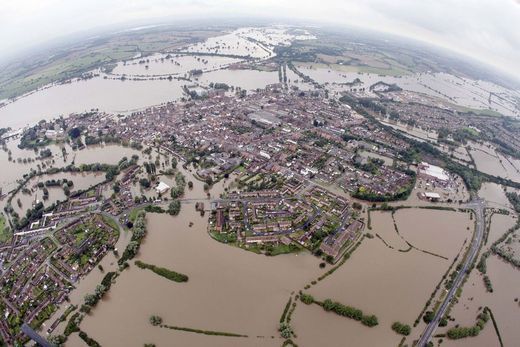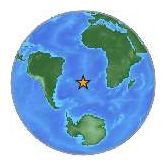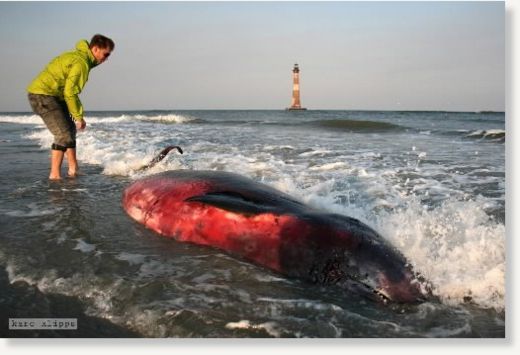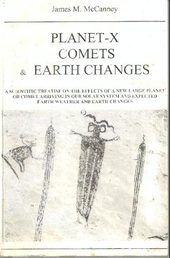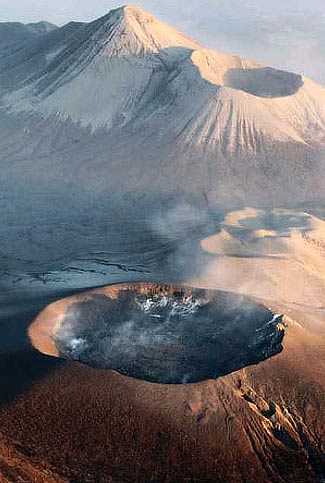
Researchers found the frozen animals March 15 while flying over the Bering Land Bridge National Preserve to track at least four of the animals, which had been outfitted with radio collars.
"Basically, the radio collars led us to the dead animals," National Park Service spokesman John Quinley said.
Officials planned to fly over the area again Tuesday to determine the fate of another 23 animals in the herd. It wasn't immediately clear if any of those were fitted with collars.
"We didn't see any carcasses, but we didn't see them walking around," he said.
The remainder of the herd could be buried deeper in the snow. If so, the bodies wouldn't be visible until spring.

